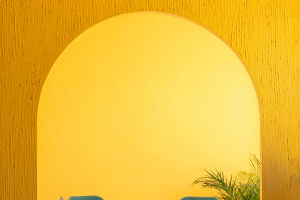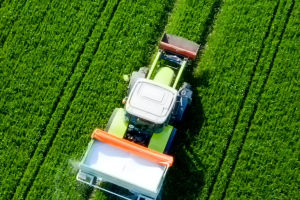Baking soda is a common chemical. It is a white crystalline powder, easily soluble in water, with a bitter and slightly salty taste. Baking soda has the effect of neutralizing acidic substances, so it is often used as a leavening agent and alkaline flavoring agent in food processing.
Here are some good items to clean with baking soda:
Kitchen Cleaning: Baking soda can be used to clean a variety of surfaces in the kitchen, including cabinets, countertops, stoves, ovens, refrigerators, dishwashers, and more.
Tableware cleaning: Baking soda can be used to clean tableware, such as cutlery, bowls, plates, cups, etc.
Bathroom cleaning: Baking soda can be used to clean bathrooms, such as toilets, washbasins, bathtubs, shower heads, etc.
Floor cleaning: Baking soda can be used to clean different types of floors, including wood floors, tile, marble, carpet, and more.
Clothes cleaning: Baking soda can be used to clean clothes, such as adding it to laundry detergent to remove stains and odors from clothes.
Window cleaning: Baking soda can be used to clean windows and make them clearer and brighter.
Pet cleaning: Baking soda can be used to clean pets, such as cleaning pet food bowls, pet cages, etc.
Odor-removing cleaning: Baking soda can be used to clean smelly items, such as cleaning trash cans, shoes, wardrobes, etc.
It should be noted that when using baking soda to clean, it is necessary to choose the correct method of use according to the material of the item and the ratio of the cleaning agent.
While baking soda is a common cleaner, not everything is suitable for cleaning with it. Here are some items that should not be cleaned with baking soda:
Aluminum products: Baking soda reacts with aluminum to produce hydrogen gas, which can cause discoloration or deformation of aluminum products.
Organic items such as pearls, shells, and ivory: Baking soda can scratch their surface, causing damage.
Metal pans: Baking soda can dull the surface of pans and may warp them.
Hardwood floors: Baking soda can discolor hardwood floors, causing damage.
Quartz surfaces: Baking soda can scratch quartz surfaces.
Acrylic: Baking soda will cloud the surface of the acrylic.
Silk, wool, leather: Baking soda can damage these materials.
Enamel: Baking soda can scratch enamel surfaces.
Breadmakers: Baking soda can clog small parts in a breadmaker.
Electronics: Baking soda can cause damage to electronics and may even cause a fire.
Precious works of art or artifacts: Using baking soda may cause them to become damaged or permanently lose their value.
Therefore, when using baking soda to clean, it is necessary to choose a suitable cleaning agent according to the material of the item.
It should be noted that although baking soda is a common substance, excessive use can also bring certain risks. Excessive use of baking soda can lead to acid-base imbalance in the body, causing discomfort symptoms, and may even cause health hazards. Therefore, you need to follow the correct amount and method when using baking soda.


